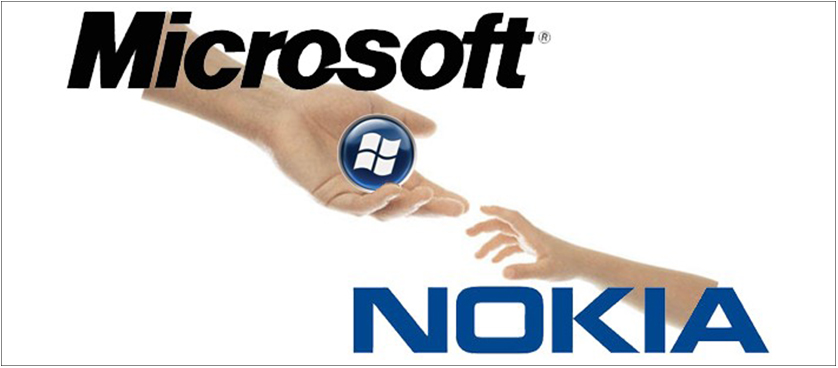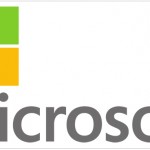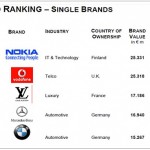Hostile takeover or strategic partnership?
 Microsoft has announced that it’s going to purchase all of Nokia’s Devices and Services unit. This deal is meant to help the software giant and the once-influential cellphone maker catch up with the mobile computing revolution.
Microsoft has announced that it’s going to purchase all of Nokia’s Devices and Services unit. This deal is meant to help the software giant and the once-influential cellphone maker catch up with the mobile computing revolution.
Microsoft will pay €3.79 billion for Nokia’s business, plus another €1.65 billion to license its portfolio of patents, the total transaction price being €5.44 billion (which is less than Microsoft paid for Skype). The transaction is expected to close in the first quarter of 2014.
Playing ‘catch-up’
Once upon a time, Nokia was ruling over the cellphone market, while Samsung was striving to stay afloat and Apple was nowhere. This was actually back in the ‘90s. Now, things are reversed and Nokia has to blame its failed strategies and lack of innovation.
Short history
- 1998 – Nokia overtook Motorola and controlled over 40% of the market.
- 2002 – Nokia launched its first smartphone on Symbian OS; it could have remained a pioneer, but unfortunately, it didn’t change with the times and was left behind.
- 2007 – Apple launched the iPhone, the first touch phone. Meanwhile, Nokia was still in its E- series when the definition of s smartphone had completely changed.
- Nokia’s biggest mistake: it failed to take note of the iPhone’s success. While Samsung and Google were trying to come up with off-the-shelf technology, Nokia was complacent. Nokia’s phone were feature ready but not future ready.
- 2010 – Stephen Elop, Microsoft’s head of the Business Division and a member of the company’s senior leadership team, took the position of CEO at Nokia.
- 2011 – Nokia entered into a partnership with Microsoft. However, its shift from Symbian to Windows occurred too late, as Apple and Samsung had already established their dominance on the market.
- 2013 – Microsoft announced the acquisition of Nokia’s Devices & Services business.
Nokia, where to?
First of all, its days as a smartphone brand are over. Now, Nokia is planning to focus on three technologies: NSN – which is its network infrastructure, HERE – its maps and location-based services and Advanced Technologies – a licensing and development arm.
Microsoft is also going to pay Nokia for a four year license for the HERE services. Thus, the Finnish company has more revenue and stability than previously. But it’s also a much smaller company.
“A bold step into the future”
Microsoft is sure than it can develop a very appealing line of Windows phones if the hardware and software are more tightly connected. This is what made Apple so successful: their operating systems are specially designed for their products; also, they have a rigid screening process for applications.
“We know we need to accelerate. We’re not confused about that,” Ballmer told investors and analysts at the press conference held Tuesday, September 3rd. “We need to be a company that provides a family of devices.”
Leadership changes
Stephen Elop is going back to Microsoft (as head of the devices team) and several other executives are going to follow him. This is going to happen at the anticipated closing of the transaction and it is part of the agreement. Also, 32 000 Nokia employees are going to be ‘inherited’ by Microsoft.
But these are not the only changes. Stephen Ballmer announced his retirement. How is this going to impact ‘the merger’? Who is going to be next CEO at Microsoft? Stephen Elop? These things remain yet unknown. However, there are rumors stating that this whole acquisition was planned way ahead. Did they have everything laid out on paper three years ago, when Elop became Nokia’s CEO? So, from here we draw the question: was it a hostile takeover or a strategic partnership?
It’s going to be interesting to see how Microsoft’s doing from now on. The company will have to come up with new business plans. Also, the future objectives (both on short and long term) are definitely crucial for the future of the business. They’d better pay attention to performance management and measurement.
References:
- Microsoft (2013), Microsoft to acquire Nokia’s devices & services business, license Nokia’s patents and mapping services
- Liedtke, M and Huuhtanen (2013), In Nokia acquisition, Microsoft tries to catch up
- Pierce, D. (2013), Microsoft buying Nokia’s phone business in a $7.2 billion bid for its mobile future
Image Source: Riverside Innovation Centre

Tags: Hostile Takeover, Microsoft, Nokia, Partnership, Performance Management, Technology





